|
PHOENIX – It’s summer in Arizona and with that comes blistering heat and wildfires that can cause travelers delays when there’s an unplanned highway closure.
During these highway closures, the Arizona Department of Transportation sometimes receives questions on social media that ask a variation of: The wildfire isn't near the highway so why is the road closed?
ADOT and the Arizona Department of Forestry and Fire Management want people to know that the answer is safety — for the traveling public and first responders.
When a brush fire ignites, there are a few reasons for a full highway closure or for lane restrictions to be implemented.
Brush fires can be fast moving and with multiple agencies responding, it can take time to figure out who needs to go where and establish where the fire is spreading. In some instances, the highway will be shut down briefly to allow crews and firefighters the space to assess the situation and position people where they need to be to fight the fire.
“We try to keep the closures as short as possible and give the traveling public at least a lane,” Brett Rupp, an ADOT highway maintenance supervisor in Payson, said. “But depending on the size or location of the fire, it’s not safe for vehicles to travel past a fire. We do what is safest for everybody who is out there, from the boots on the ground to the traveling public.”
Wildland firefighters sometimes must park their trucks and vehicles on the highway to do their job effectively, which may necessitate a lane closure for an extended period of time. Helicopters carrying hundreds of gallons of water to dump on the fires may also stage on the highway itself because it’s a convenient location for operators to set up a portable dip tank to replenish water quickly and head back out.
Low-flying aircraft dropping retardant is also a safety issue for those on the ground, including motorists.
“Those aircraft fly so low it’s a safety concern. They’re trying to get as low as possible to drop the retardant, and they don’t want to impact the traffic. There’s always a risk you take with flying aircraft, and we don’t want to put the public and drivers in harm’s way,” Tiffany Davila, public affairs officer for the Arizona Department of Forestry and Fire Management said.
Smoke coming from fires can also reduce visibility, which is hazardous for drivers. And although a wildfire may appear miles away from the highway, firefighters can often predict the direction the fire is headed and will make decisions to keep everyone safe.
“If they know in an hour the fire will impact, for example, Interstate 17, they’re going to start calling for road closures immediately because it’s going to take that long to clear the highway and get those drivers off the road,” Davila said.
ADOT and AZDFFM work closely with local, state and federal agencies, including the U.S. Forest Service, the Arizona Department of Public Safety and others to make determinations of when highway closures may be needed during wildland fires.
“Safety drives these decisions,” Rupp added. “We don’t want motorists driving through raging flames and we don’t want personnel worrying about oncoming cars when they’re trying to get from the median to the other side of the road while a fire burns.”
When a highway closes, it’s natural for motorists to consult a navigation app or GPS unit to explore alternate routes. But drivers need to apply common sense to a computer’s suggestions, starting with not taking vehicles that aren’t up to the task down unpaved roads.
We can all do our part to help reduce the chances of igniting wildfires while driving (and the delays associated with it) by doing the following:
- Avoid parking your vehicle on dry grass or driving through tall grass because heat from the underside of your vehicle can start a fire.
- Never throw a lit cigarette out of a vehicle.
- Make sure trailer chains are securely attached. Loose chains can drag on the pavement, shooting sparks off the road and into dry brush and grass.
- Check tire pressure before you travel. Exposed wheel rims can cause sparks on the asphalt.
ADOT wants to make sure that drivers are prepared when they head out on road trips, and unexpected delays, like wildfires, can add extra travel time. Make sure you pack an emergency travel kit that includes plenty of extra water, healthy snacks, sun protection — such as sunscreen, sunglasses or a hat — a fully charged cell phone and any prescription medication.
Be patient and be prepared. If you are waiting in a backup on a highway that is closed (whether it’s for a brush fire, a crash or other active incident) stay in your lane and do not exit your vehicle. Do not drive onto the shoulders of the highway as first responders use that lane.
“Give crews room to get by,” Rupp said. “The sooner we can get to the incident scene, the sooner responders can do the work that needs to be done and open the highway safely for everyone.”
|


